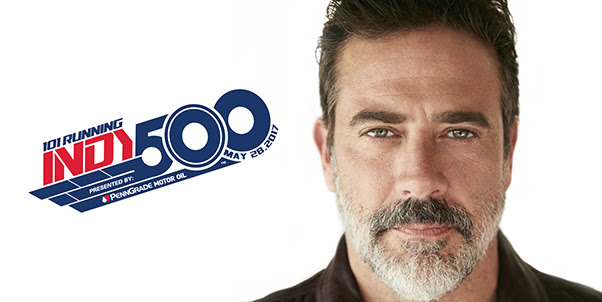Stephen Cox Blog Presented by McGunegill Engine Performance
The 63rd Hoosier Hundred is slated for Thursday, May 25, on the legendary Track of Champions at the Indiana State Fairgrounds. Once considered the most prestigious dirt race in America, the resurgent Hoosier Hundred is quickly regaining its status and draws the top Silver Crown drivers in the nation.
The rich history of the event compares favorably with any race on earth. No fewer than seven Indy 500 champions have won the Hoosier Hundred, including A. J. Foyt, Mario Andretti, Al Unser Sr. and Parnelli Jones. Auto racing at the Track of Champions dates to the early 20th century when the legendary Barney Oldfield broke the 60 mph barrier on the 1-mile track in June 1903.
The track hasn’t changed by an inch. This week’s Hoosier Hundred will take place on precisely the same stretch of dirt on which Oldfield set his 1903 record and Rex Mays claimed victory in 1946. The USAC Silver Crown division, which once struggled for good car counts, is expected to produce nearly 40 entries on Thursday night.
“Last year we had probably the best crowd in 10 years at the Hoosier Hundred,” said Adam Mackey, Operations Manager at the event’s promotional firm, Track Enterprises. “Probably a lot of that was because of the 100th Indy 500. It was kind of a surprise to us, but a pleasant surprise with the number of people who came that week.”
But the increasing interest in dirt racing is also a direct result of Indycar’s 30-year-old divorce from grassroots motorsports. Until the 1980s, Indycar drivers were drawn primarily from the ranks of open wheel dirt track drivers who worked their way up the ladder by skill and hard work. Today’s Indycar drivers are almost exclusively from wealthy backgrounds, leaving NASCAR as the only viable alternative for short trackers.
Mackey said, “Asphalt is struggling right now a little bit because there’s a lot of ride-buying out there, more so on asphalt than on dirt. And that’s just to get the kids up into NASCAR. That’s the stepping stone that’s being used.”
“But that doesn’t give fans a chance to latch onto a driver and say, ‘Ah, they’re my favorite and I’m going to watch them,’ because they’re only there for a year or so until they either move on and move up, or they don’t make it so they quit racing. So I think that’s the struggle that asphalt deals with right now.”
“On dirt that’s not quite the case because there are many veterans who have been racing for years and years and that familiarity with fans is what they’ll keep coming back to the track for.”
The bad news is that other than an occasional driver moving on to NASCAR, dirt track racing is a dead end job. The same drivers stay there for decades at a time with nowhere else to go.
The good news is that today’s dirt track ranks are stocked with veteran drivers who have become stars in their own right. The fact that Indycar no longer wants or needs blue-collar talent is a blessing in disguise, at least for short track fans who get to watch their favorite drivers for years at a time at smaller, more personal venues.
Damion Gardner, Jeff Swindell, Dave Darland, Brady Bacon, Russ Gamester, Kody Swanson, Jerry Coons Jr., Bill Rose and others are long-time veterans who have built up their own fan base and put on their own shows at dirt tracks around the Midwest. Most of them drive more races in a month than Indycar drivers will in a season.
More and more fans are beginning to understand that in order to see the greatest drivers in the world, you may have to watch more than one race this week. The Hoosier Hundred should be at the top of the list.
Stephen Cox
Sopwith Motorsports Television Productions
Co-host, Mecum Auctions on NBCSN
Driver, Super Cup Stock Car Series & Electric GT Championship







